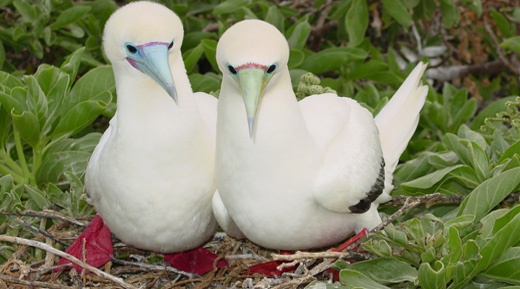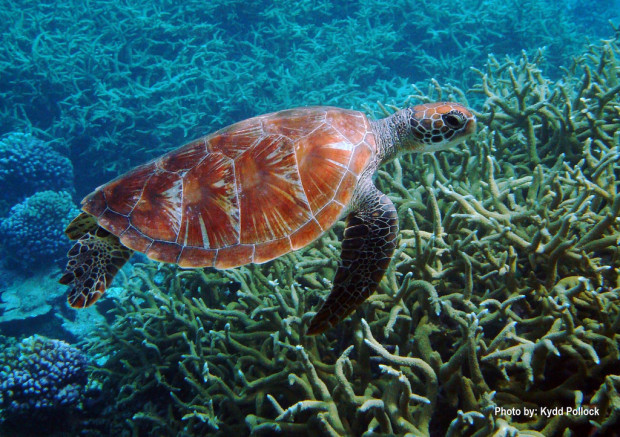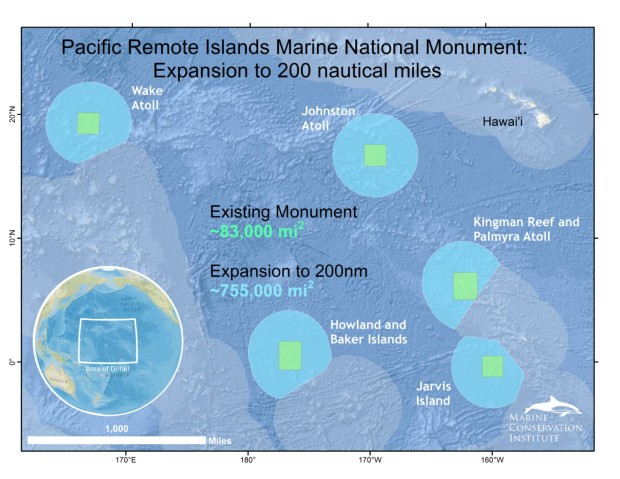We have much more to do and your continued support is needed now more than ever.
Newly Expanded Reserve Provides a Haven for Marine Wildlife
In a significant step forward for marine wildlife and our planet’s ocean ecosystems, President Obama last week authorized the expansion of the Pacific Remote Islands Marine National Monument. The President’s proclamation expands the existing monument from 83,000 square miles to 490,000 square miles, making it the largest marine reserve in the world.

Allowing Endangered Wildlife and Depleted Fisheries to Rebound
The near pristine reefs and waters surrounding the Pacific Remote Islands in the Central Pacific Ocean represent one of the last frontiers and havens for wildlife. Up to half the creatures that live there are found nowhere else on Earth, and some of the corals here are close to 5,000 years old. An estimated 14 million seabirds representing 19 different species depend on the area’s fish and uninhabited islands for survival. The waters around these islands are of global importance for large predatory fishes like endangered Bluefin tuna, Whitetip sharks and yellowfin tuna; whose populations have declined 80%-90% across the world’s oceans.

The President’s expansion, while not as large as some researchers and conservationists were advocating for, nonetheless puts more of the planet’s oceans under protection than any other world leader and the benefits to fisheries and ocean wildlife are surely unprecedented. The scaled down size appears to be the result of pressure from groups such as the Honolulu-based Western Pacific Regional Fishery Management Council, which advocates for commercial tuna fishing fleets.

A Response to Overwhelming Public Support
The president’s proclamation expanding the monument came about as a result of overwhelming pubic support from Hawai’i and across the nation. NWF joined 40 other national conservation organizations and foundations, more than 200 scientists, 200 Native Hawaiian leaders and 35 Hawai’i business leaders in speaking out in support of monument expansion. 135,000 U.S. citizens, including hundreds from National Wildlife Federation’s action community, sent messages of support to the White House during the public comment period.
While there is certainly more to do here, President Obama has signaled America’s commitment to ensuring the longer-term survival of ocean life for future generations. We will need to keep the pressure up in order to ensure that key endangered species survive.
Please join us in thanking the President for his leadership and action thus far in defense of ocean wildlife and a green (and blue) future.
Thank you @BarackObama for expanding the Pacific Remote Islands Marine National Monument! http://t.co/MQuyEsYpyt pic.twitter.com/c9Z92PIRVT
— Wildlife Action (@wildlifeaction) October 2, 2014





















